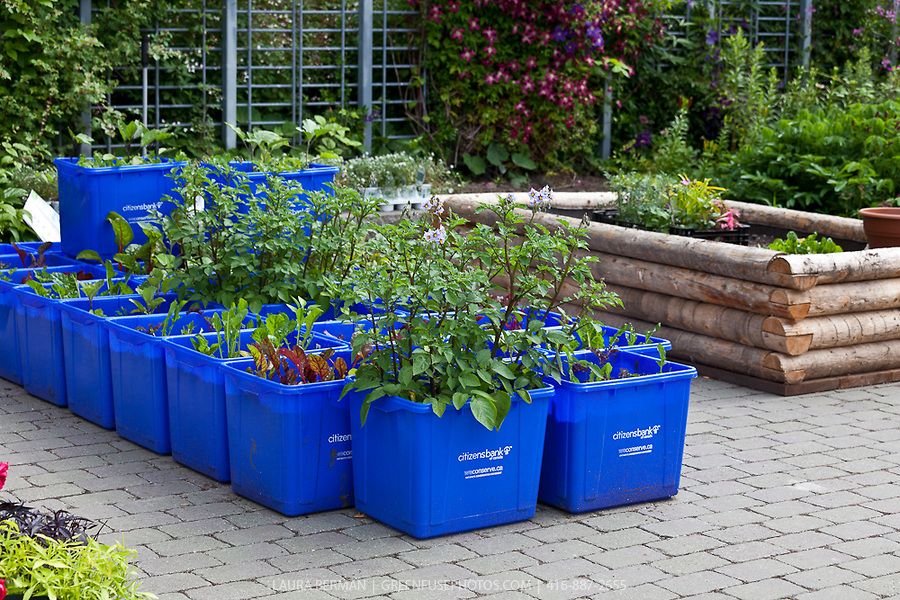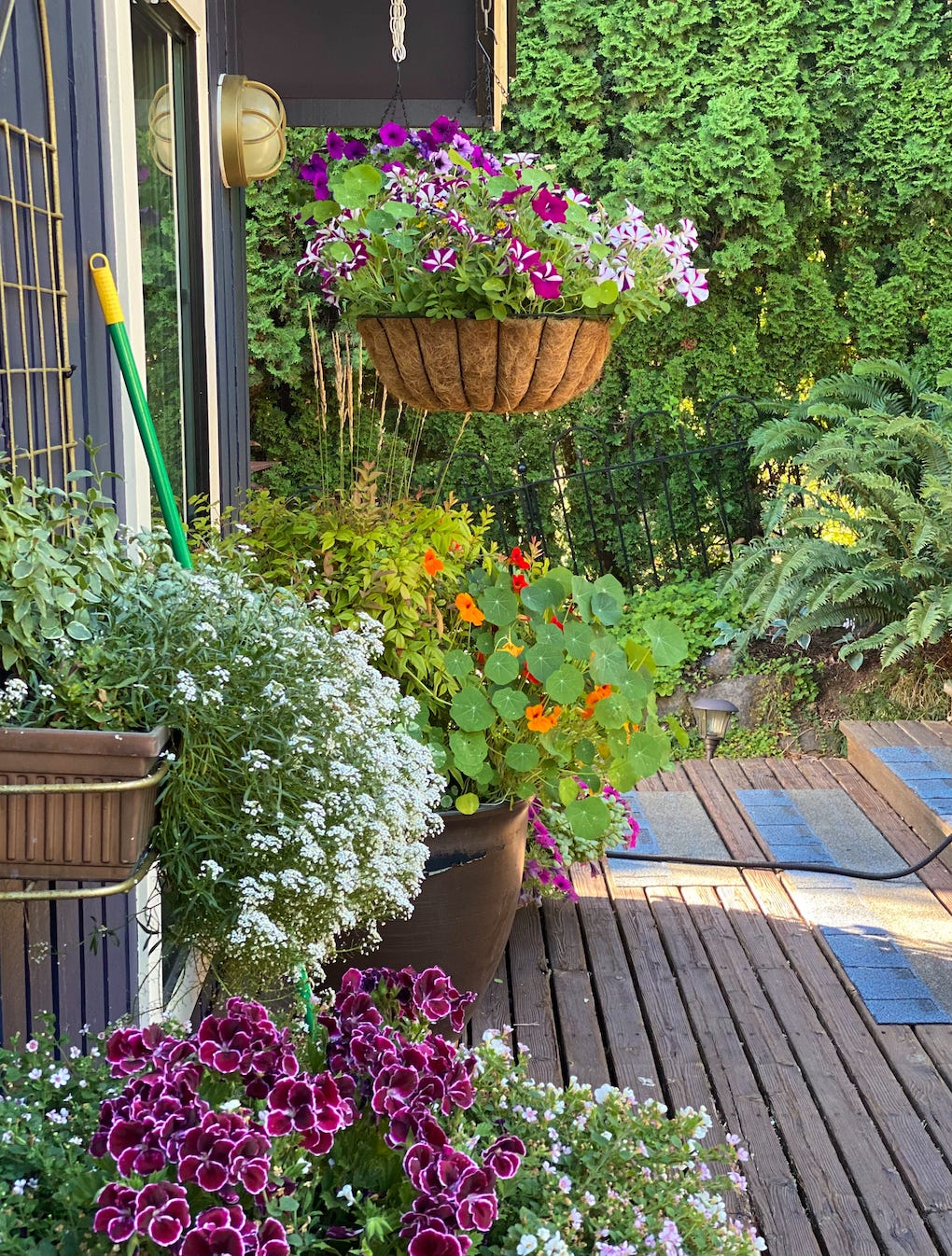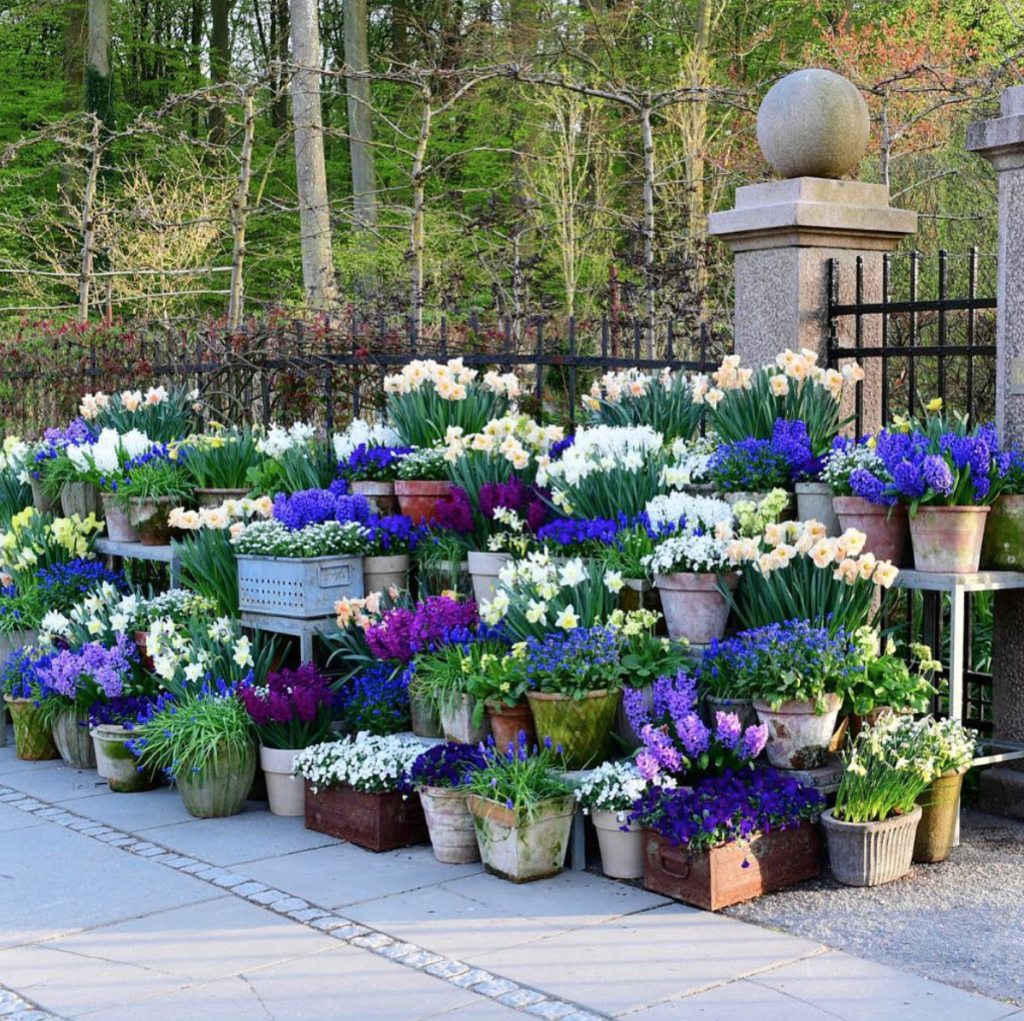Container gardening, also known by several other names, is a flexible and practical way to grow plants when space is limited or when gardening in traditional soil is not an option. If you’ve ever grown plants in pots on your patio, arranged decorative planters on your balcony, or cultivated herbs in small containers by your window, you’ve already practiced container gardening. But did you know that container gardening goes by several other names? From patio gardening to urban gardening, each term highlights different aspects of this versatile gardening method.

Container gardening is known by different names depending on where and how it’s practiced. Each term reflects the specific context in which this type of gardening is done. Let’s break down some of the most common alternative names for container gardening:
Patio Gardening
One of the most commonly used alternative terms for container gardening is patio gardening. As the name suggests, this refers to gardening done on patios, decks, or balconies. Since many people living in urban areas don’t have large backyards, patios become the primary gardening space. The main feature of patio gardening is the use of containers, pots, or planters that can be easily moved around.
In patio gardening, containers can range from small decorative pots to large planter boxes. Because patios are often part of outdoor living spaces, gardeners can also integrate plants with furniture, outdoor decor, and even lighting to create a beautiful and functional green space.
Pot Gardening
The term pot gardening refers specifically to growing plants in pots. Pots can vary in size, material, and shape, making them ideal for everything from flowers to vegetables. Pot gardening is one of the simplest and most accessible forms of container gardening, as it requires little investment and can be done in almost any space.
Some of the benefits of pot gardening include:
- Mobility: Pots are easy to move, allowing you to rearrange plants to optimize sunlight exposure.
- Versatility: Pots come in various sizes, so you can grow everything from small herbs to larger shrubs or dwarf trees.
- Ease of Control: With pot gardening, you can control soil quality, moisture levels, and even temperature more easily than with traditional ground planting.
Planter Gardening
Planter gardening is another term that emphasizes the decorative aspect of container gardening. Planters are often larger than pots and may be designed to be aesthetically pleasing, acting as both a gardening tool and a decorative feature in your outdoor or indoor space. Many people choose planter gardening for its balance between form and function, as planters often serve as both a container for plants and a design element.
Planters can be made of various materials, including:
- Terracotta: Traditional clay planters that add a rustic look.
- Wood: Often used for larger planters or raised beds, giving a natural and warm appearance.
- Metal: Sleek and modern, metal planters are durable and stylish.
- Plastic: Lightweight and affordable, plastic planters come in a wide range of colors and designs.
Urban Gardening
Urban gardening refers to the broader practice of growing plants in urban environments, where space is limited, and access to traditional garden plots is rare. Container gardening plays a significant role in urban gardening, as people living in cities often rely on pots, planters, and even hanging baskets to grow their plants. Urban gardening highlights the importance of utilizing every available space—rooftops, balconies, windowsills, and even walls—to create green environments in densely populated areas.
Small-Space Gardening
Small-space gardening is a term often used interchangeably with container gardening. It specifically emphasizes the limited space available to gardeners who live in apartments, small homes, or areas with little outdoor space. Container gardening is ideal for small-space gardening because it allows for maximum use of vertical and horizontal space. Gardeners can grow plants on shelves, hang pots from railings, or stack containers to create a lush, green area without needing much room.
Each of these terms highlights a different facet of container gardening, from where it’s practiced (like patios) to how it’s done (in pots or planters) and who benefits from it (urban dwellers or those with small spaces). Regardless of the name, the essence of container gardening remains the same: growing plants in containers offers flexibility, accessibility, and beauty to gardeners of all experience levels.


